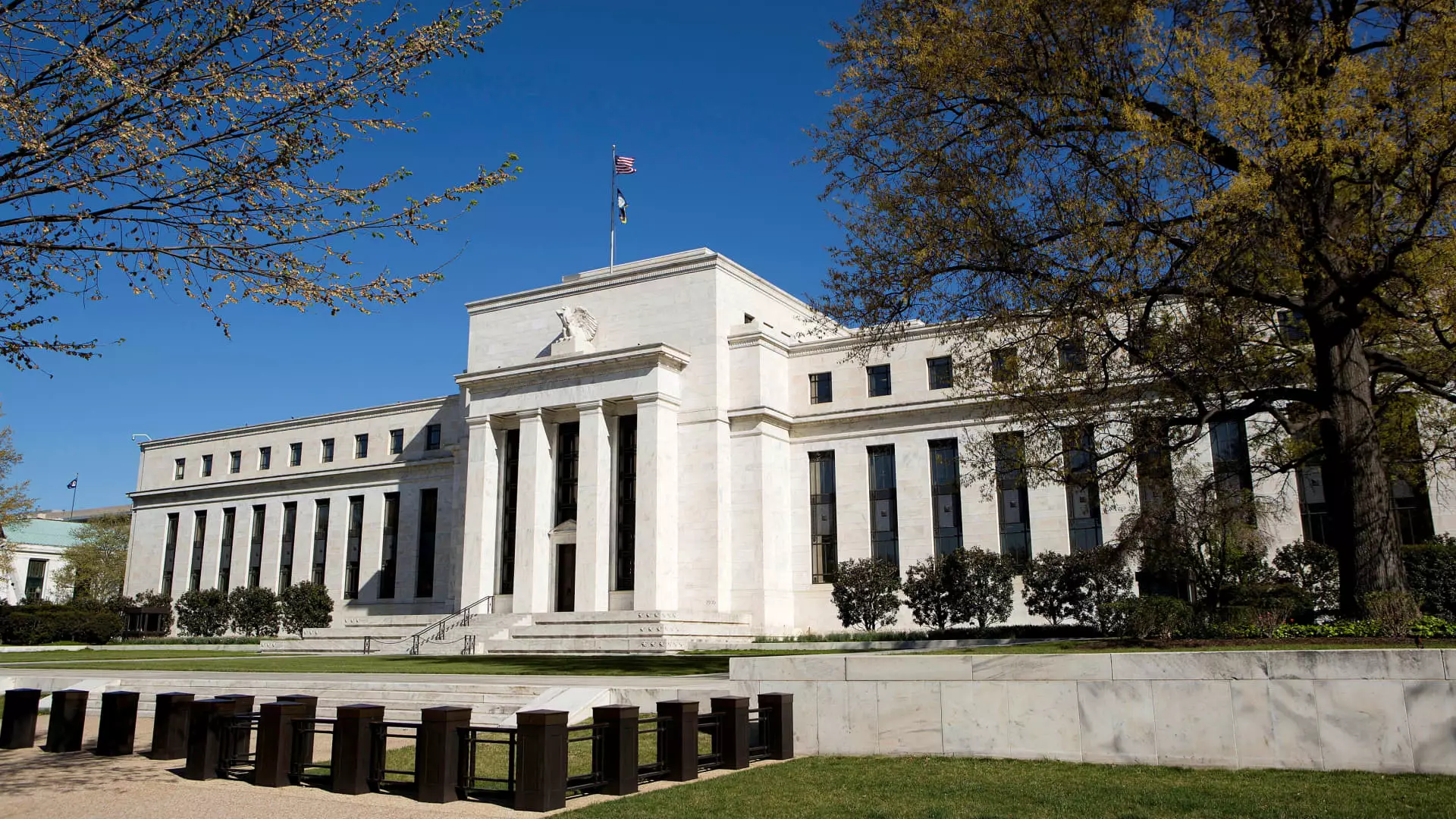In the wake of the 2024 presidential election, during which Donald Trump reclaimed the presidency, the Federal Reserve made a significant announcement: a reduction in its benchmark interest rate by 25 basis points, or a quarter of a percentage point. Economic uncertainty loomed heavily as inflation had persisted at high levels for a prolonged period, straining the financial abilities of American households. With the Fed leaning towards rate cuts, a consensus emerged that inflation was easing, edging closer to the central bank’s ultimate target of 2%. The cut, marking the second adjustment in a short time—following a larger cut of half a point just weeks prior—raised hope for some relief in consumer borrowing costs that had surged due to previous rate hikes.
The Federal Reserve sets the federal funds rate, which governs overnight borrowing rates for banks. This rate, in turn, has a cascading effect on various consumer borrowing costs, including those tied to credit cards, auto loans, and mortgages. Following the Fed’s aggressive strategy to combat soaring inflation—with a stunning 11 rate hikes from March 2022 to July 2023—the ramifications were felt across the board. As rates rose, the average credit card interest rate escalated dramatically, reaching plateau levels above 20%. Consequently, consumers are now faced with credit card bills that, while beginning to see marginal relief, still remain at historic highs, presenting a challenge for those grappling with existing debt.
Experts suggest that while the rate hike cycle may have finally hit a plateau, there’s little reason to expect substantial reductions in credit card interest rates any time soon. Encouraging consumers to take preemptive action has never been more critical. Matt Schulz, LendingTree’s credit analyst, emphasizes the importance of taking personal finance into one’s own hands, advocating for savvy shopping for better rates or exploring options such as balance transfers. Additionally, Trump’s proposal to cap credit card interest rates at 10% may face legislative hurdles, yet it underscores a growing desire for transformative change in how credit is extended to consumers—highlighting an ongoing dialogue around financial consumer protection amid high interest.
For auto loans, the economic landscape is slightly more favorable. While the average rate on a five-year new car loan has risen sharply, Fed rate cuts could soften the financial burdens associated with borrowing for vehicle purchases. Nevertheless, vehicle prices remain elevated, making it crucial for potential buyers to navigate these market conditions wisely. Furthermore, as the issues surrounding housing affordability persist, conversations about mortgage rates become increasingly salient. Trump’s agenda includes promises to lower mortgage rates; however, fixed-rate mortgages are less sensitive to immediate Fed action and more closely tied to Treasury yields and broader economic indicators.
In the realm of education financing, most federal student loans carry fixed rates, which means they remain largely unaffected by the Fed’s rate changes in the short term. This presents a challenging scenario for student borrowers, as anticipated relief may not materialize soon. However, for borrowers holding private loans that often feature variable rates linked to economic benchmarks, there may be a slight alleviation as rates decrease—though this is unlikely to be substantial. The prospects for refinancing into lower rates remain on the table but come with their own set of complexities, including the loss of federal loan protections.
On the positive side of the monetary policy equation, yields on savings accounts have seen a rise thanks to the Fed’s previous actions. While the anticipated rate cuts will eventually lead to a decrease in interest earnings on deposit accounts, many savers still benefit from significantly higher returns than in recent years. A notable increase in high-yield savings accounts presents an opportunity for consumers to capitalize on competitive rates while hedging against inflation’s eroding effects.
Ultimately, the Federal Reserve’s recent decision to lower interest rates provides a glimmer of hope for consumers grappling with a high cost of living in uncertain economic times. However, the concrete effects of these cuts may take time to manifest fully within household budgets. It is imperative for consumers to remain vigilant and proactive regarding their financial wellness, leveraging opportunities for lower interest rates without sacrificing necessary protections in borrowing. The landscape is shifting, but critical thinking and intentional financial planning will guide consumers through the complexities of these developments and help them find relief amidst the changes ahead.

Leave a Reply